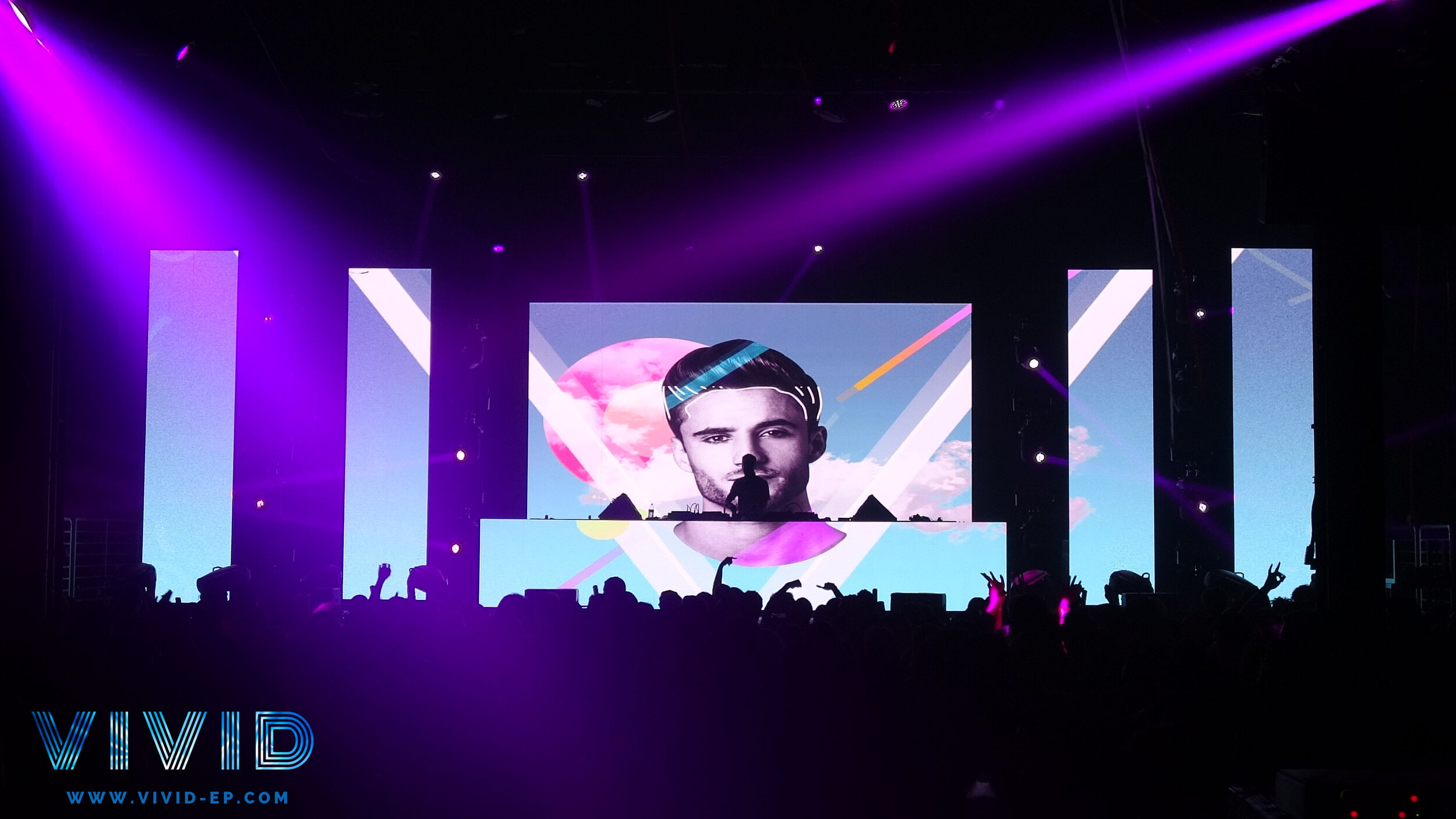Overcoming Obstacles in the Craft of Video Projection Projection Mapping Execution
Wiki Article
Visual projection mapping technology is an exciting method that transforms ordinary areas into dynamic presentations. This method enables artists and design professionals to project images and footage onto objects like structures, sculptures, or theaters, creating an engaging aesthetic encounter. However, despite its potential, implementing video projection mapping successfully comes with several obstacles. Understanding and overcoming these obstacles is essential for anyone looking to create memorable projection art.
One of the primary difficulties in video projection mapping is ensuring that the displayed image matches perfectly with the object. This process, known as "mapping," demands precise calculations and calculations. If the display is not aligned properly, the visuals can look distorted or off. To address this issue, artists often use dedicated software that assists in mapping the graphics to the object's dimensions. Moreover, conducting comprehensive tests before the final projection can help detect any misalignments and enable for adjustments to be made.

Another significant challenge is the varying luminosity and color of the displayed images. Different materials react differently to illumination, which can affect how the shades appear once cast. For instance, a light-colored material will reflect brightness variously than a dark one. To overcome this, creators must consider the material properties before choosing the colors and light levels for their projections. Testing the display on the actual surface during the preparation phase can provide valuable understanding into how the final show will look.
Full Report Technological issues can also create a challenge in video projection mapping. Issues such as hardware malfunction, software bugs, or connectivity issues can interfere with the entire project. To reduce these threats, it is vital to conduct thorough hardware checks and have contingency plans in position. This can include having additional cables, projectors, and even backup software options ready to go. Being prepared for technological difficulties can ensure a smoother implementation of the projection.
Finally, viewers' engagement is an important aspect of video projection mapping. While the graphics are critical, how the audience interact with the presentation can make a big impact. Artists must consider about how to design their projections to captivate viewers’ attention and encourage interaction. This can involve incorporating elements that invite participation or create a narrative that resonates with the audience. Gathering feedback from test audiences can also help refine the presentation to enhance engagement.
get more In conclusion, overcoming obstacles in video projection mapping demands careful planning and creativity. By tackling the issues of matching, brightness, technical issues, and audience engagement, creators can produce stunning and effective projections. With the right strategies in place, video projection mapping can transform ordinary spaces into remarkable encounters, captivating audiences and leaving a lasting impact.